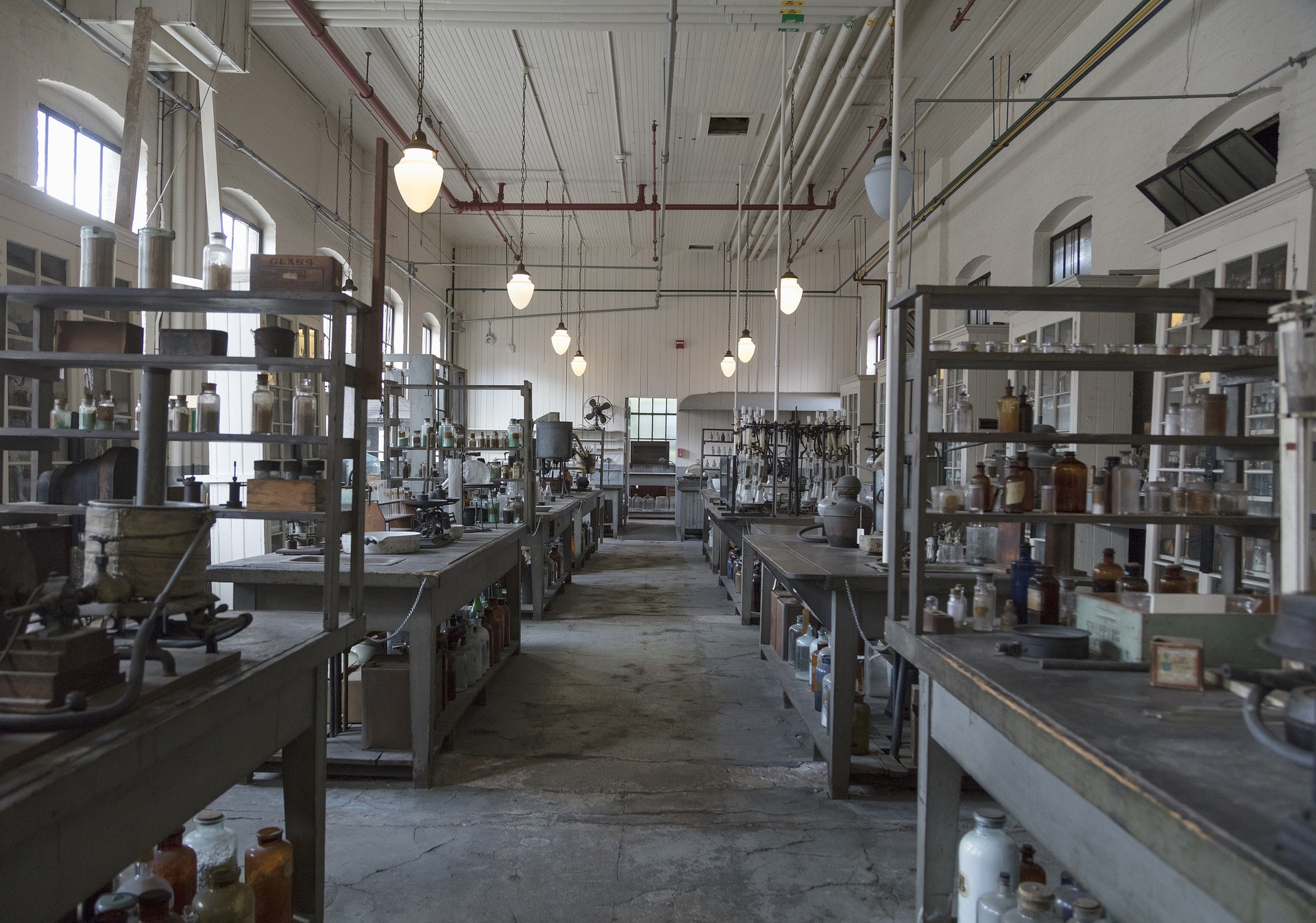
Category
Health & Safety
Tips For Dealing With Abandoned Labs
Creation date
25/09/2020
Note: These tips are intended to provide general guidance for dealing with abandoned labs. If you do not have trained EHS staff to safely perform the tips below, it is highly recommended to contract with a qualified environmental services firm to do so safely. For more information on Tradebe’s Technical Services, please call (800) 388-7242 or click here.
Discovery
- Notify your EHS department first upon discovering an abandoned lab.
- After applying the correct PPE, closely inspect all containers and begin to segregate materials prior to movement.
- Start by removing all non-waste chemicals from the laboratory.
Inventory Control
- Controlled substances should be kept under lock and key at all times; update DEA registration prior to relocation. Explore options for potentially managing these substances through Reverse Distribution.
- Open containers should be placed under a fume hood.
- All compressed gas cylinders and lecture bottles that are not moving should be returned to the supplier or have been disposed of through EHS. Gas cylinders should be disconnected, with valves closed and caps secured on top.
- Preserved human and animal tissues should be disposed of, kept in specimen containers if in preservative; use a wide mouth plastic container for hazardous waste pickup if handling many specimen containers with the same preservative.
- Properly store and label liquid biohazard waste in approved containers.
Cleaning, Disinfection and Decontamination
- Fume hoods should be empty and all surfaces should be cleaned with an appropriate disinfectant.
- Refrigerators and freezers should be cleaned/defrosted; refrigerants may need to be removed.
- For any equipment possibly contaminated (radioactive material, chemical or biological material), remove warning stickers and decontaminate according to manufacturer recommendations on disinfectant.
- Incubators possibly contaminated by fungus or bacteria should have their flasks and culture plates moved to a Biological Safety Cabinet.
- Chemical storage cabinets, drawers, bench tops and shelves should be disinfected appropriately; move shelves to a sink and wipe down with 10% bleach, followed by a thorough wipe down with disposable towels soaked in 70% ethanol.
Sharps/Glassware Disposal
- Used sharp items such as syringes, pipettes or glass should be properly disposed of.
- Biohazard sharps should be put in an approved container that is properly labeled and not put in normal trash.
- Non-broken brown, empty bottles can be discarded in normal trash after labels are defaced.
- Other empty glassware should utilize a plastic-lined cardboard box that is taped up to discard in normal trash.
Hazardous Materials Transport
- Ensure the right type of containment is used to prevent exposure.
- Secondary containment should be used for all biological materials, as well as infectious materials inside refrigerators/freezers being moved. Refrigerators/freezers must then be taped or shrink-wrapped shut and can be rolled down the hall.
- Ensure rigid, puncture-resistant, leak proof and moisture impervious containment for safe handling.
- Carts should be used to transport materials as long as the materials are not stacked materials or overcrowded.
- Indoor hallways free of traffic are best for travel.
